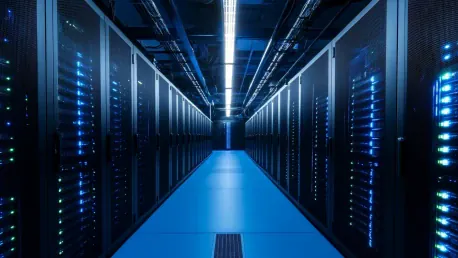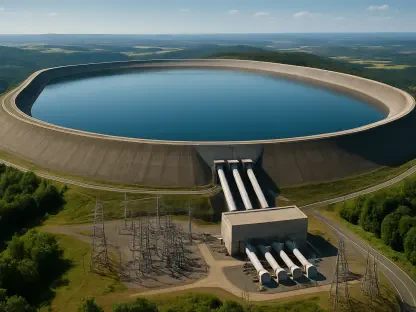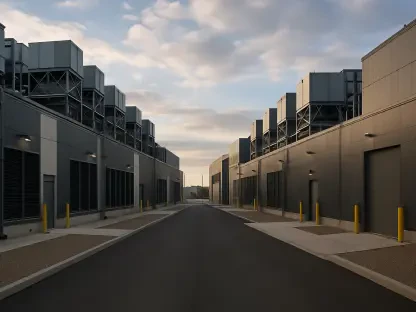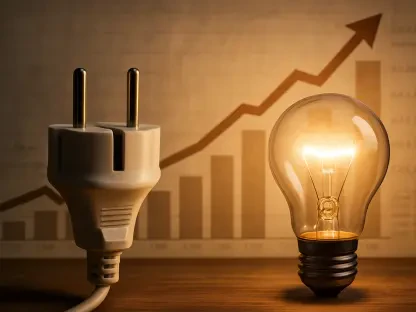In 2026, an ambitious collaboration between Energy Vault and RackScale promises to introduce up to 2 GW/20 GWh of firm primary power to data center properties, drastically enhancing their energy capabilities. This joint effort involves deploying Energy Vault’s innovative multistory B-Nest battery enclosures. These cutting-edge enclosures boast more than eight times the energy density of traditional ground-mounted battery energy storage systems, a remarkable improvement in the field.
Addressing Grid Power Challenges
The primary objective of this partnership is to tackle the challenges stemming from the limited availability of grid power, which has become a growing concern in the industry. By leveraging the capability of B-Nest enclosures to provide over 10 hours of full primary power to each data center, RackScale can expedite the development timelines of their data center projects. This move is particularly crucial for urban settings where data center demand is soaring and utility grid congestion is at its peak.
Optimizing Data Center Energy Solutions
Energy Vault’s B-Nest solution stands out as an optimal choice for the data center market due to its superior safety characteristics, high energy density, and economic efficiency. Unlike the typical one- to four-hour duration provided by ground-mounted lithium-ion battery systems, these advanced enclosures offer extended energy storage capabilities. Furthermore, the modular and space-efficient design of B-Nest enclosures makes them exceptionally suitable for urban environments where space is at a premium.
Revenue Opportunities and Utility Demand Response
The partnership between Energy Vault and RackScale isn’t just about providing reliable power; it also opens up new revenue opportunities. B-Nest installations can participate in utility demand response programs, ensuring consistent power delivery in conjunction with interruptible utility power contracts. This dual approach not only addresses power scarcity but also provides financial incentives for data center operators.
Broader Industry Trends and Developments
The effort to secure firm electricity for large data centers is part of a broader trend of increased interest and investment by tech companies, data center operators, and energy firms. Grid power shortages, marked by lengthy interconnection wait times and extended project development timelines, have made this a critical issue. The projected increase in gas consumption by U.S. data centers underscores the pressing need for substantial, high-capacity factor power. Examples include Entergy’s announcement of three combined-cycle gas turbine plants to support a new Meta data center.
Future Energy Solutions for Data Centers
Major oil and gas companies like ExxonMobil and Chevron are also venturing into the power business, driven by the need to support data center demand. These initiatives may include advanced gas-fired plants equipped with carbon capture technology. Simultaneously, tech giants like Google and Meta are exploring innovative solutions such as colocating data centers with large-scale renewable energy installations. They are also investing in emerging clean firm technologies, including advanced geothermal and small modular nuclear reactors, to cater to future power needs.
Conclusion
In 2026, a major partnership between Energy Vault and RackScale is set to revolutionize energy usage for data centers by introducing up to 2 gigawatts (GW) and 20 gigawatt-hours (GWh) of firm primary power. This initiative will significantly enhance the energy capabilities of data center properties, making them more efficient and reliable. At the heart of this groundbreaking project are Energy Vault’s innovative multistory B-Nest battery enclosures. These state-of-the-art enclosures offer an impressive improvement over traditional methods, providing more than eight times the energy density compared to standard ground-mounted battery energy storage systems. This increase in energy density marks a significant leap forward and will contribute to greater efficiency and sustainability in powering data centers. The impact of this development is expected to be substantial, as data centers play a critical role in modern digital infrastructure, requiring reliable and efficient power sources to maintain operations and support growing demands.









